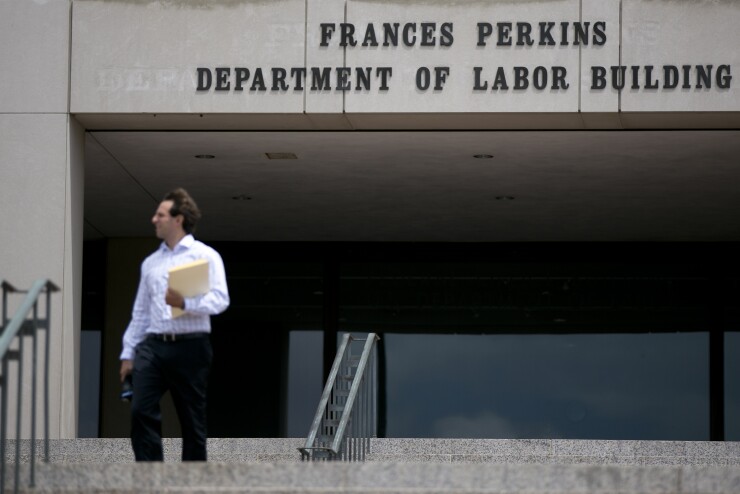It’s no secret that the current administration is pushing much more pro-business policies compared to the Obama administration. For example, federal agencies under Trump’s administration have taken steps and issued guidance aimed at narrowing the circumstances under which a business could be held liable for violations committed by staffing agencies, contractors and franchisees under the federal
Such policies and actions by the current administration are surely welcome news to employers, but companies would be wise not to become complacent on the joint employment issue. Indeed, a recent federal court decision in Michigan,
In the Benion case, a group of cable television technicians sued a cable installation and service company ( “company”) for which they performed services. The technicians claimed they were misclassified as independent contractors and that they worked 60-70 hours eachweek, and thus were owed unpaid overtime under the federal Fair Labor Standards Act.

The company asserted the technicians were not its employees, but instead were either sole practitioner independent contractors or employees of another company with which the company subcontracted.
In support of its defense, the company pointed out that all technicians, regardless of whether they were independent contractors performing services directly for the company or employees of a subcontractor, were required to sign independent contractor agreements and all compensation was reported on 1099 tax forms.
Nevertheless, the court ruled that the company was the technicians’ employer, and therefore it could be liable for potentially substantial unpaid overtime wages to the group of technicians. The court determined that regardless of whether they worked directly for the company or for the company through a subcontractor, the technicians were not independent contractors because they were “economically dependent” on the company and not in business for themselves.
In reaching this conclusion, the court pointed out that: 1) the company controlled the schedules and assignments of the technicians; 2) the technicians were not allowed to refuse assignments; 3) the company determined the technicians’ pay and the technicians could not negotiate different pay; 4) the technicians needed to obtain clearance from a company supervisor before they could quit for the day; and 5) the technicians were required to work five to six days a week for the company, so it was not practical for the technicians to pursue outside work. In sum, the court held that the company controlled the working conditions of the technicians.
The takeaway for employers: The issues surrounding joint employment type liability are far from dead even though the Trump administration has taken a much more favorable stance on the issues compared to the prior administration.
Accordingly, employers should continue diligently assessing their potential liability under joint employment theories, including misclassification of independent contractors. Moreover, consultation with either in-house or outside employment counsel is often prudent, due to the complexity and nuanced differences between the tests for joint employment type liability under the various employment statutes.
This article originally appeared on the





